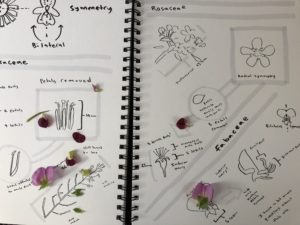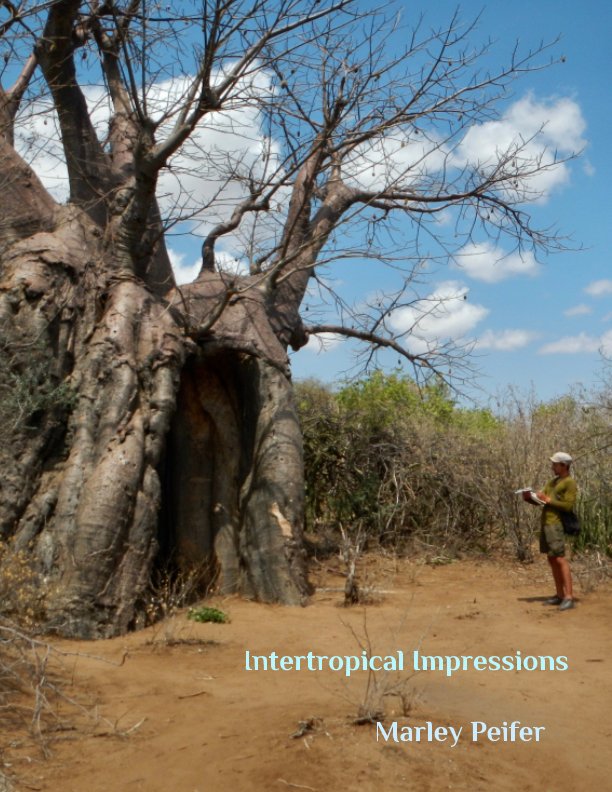In this video we learn botany basics to help you understand flowers. In so doing we can draw them better in our nature journals.
Sometimes it is easier to draw something that you know nothing about. And sometimes it is easier to ask novel questions and make new observations if we know nothing about a subject. However, there are other time when a little bit of background knowledge can provide an important foundation for future learning.
Basic Botany for Nature Journalers
- First and foremost, you must learn some taxonomy. Why? Because if you understand a plant’s evolutionary lineage you can unlock a lot more learning. But don’t worry, it’s not that hard.
- In order to facilitate taxonomy you have to learn families. If you can learn plant families then you can go anywhere in the world and understand the botany better.
- Finally, to understand families you need to understand flower morphology. And don’t worry, morphology is just a fancy way to say shapes. Many people look at plant leaves and hope to learn something from the leaves. However, the leaves are not a useful characteristic. Similarity in leaf shape does not mean that plants are closely related. On the other hand, flower features are the basis for determining how related plants are to each other.

Flower Morphology for Nature Journalers
Next time you look at a plant, look at the flowers first. As you approach the flower we will focus on a few key things. (we’ll keep the botanical terminology to a minimum for now).
- First, how many petals and sepals are there?
- Then we will look to see how many male parts and female parts are there.
- Third, we will check to see if the flower has bilateral or radial symmetry.
- Lastly, we want to figure out if the ovary is above the petals or under them
By figuring out the above information we can often identify a plant to it’s family if not to genus and species. Once we know the family we can make a lot of assumptions about the plant. We can make guesses about its ecology, it’s phytochemistry, and its potential ehtnobotanical status.
For a great tutorial on drawing wildflowers check out this video by John Muir Laws.
For some great educational and thoroughly irreverent botanical lessons check out this channel on youtube: Crime Pays But Botany Doesn’t This channel does use a lot of profanity so if you are sensitive about language you might want to skip it.
